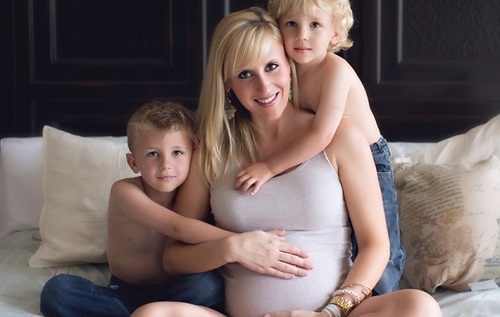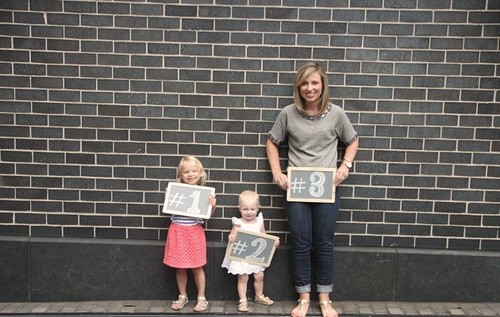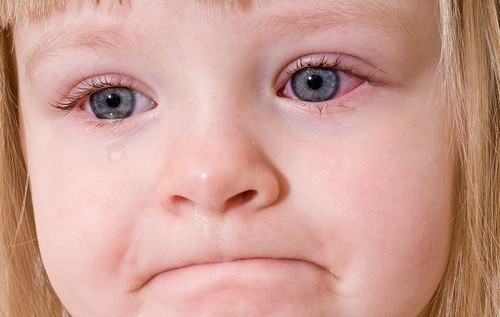As a rule, the third pregnancy and childbirth are planned, the woman wants another baby and consciously goes for it. She has rich experience in previous pregnancies, she is without panic and fear waiting for the birth of the baby. However, the third and subsequent births are somewhat different from the previous ones, and these differences should be known to every expectant mother.
Features of the third birth
What is the difference between the third birth and the previous ones, what are their features? According to the information contained in the reviews of women who gave birth to three children, the third birth can begin suddenly and pass quickly.
The precursors of childbirth during the third pregnancy are practically no different from the precursors in primiparas. The only difference is the period of “lowering” the abdomen. In nulliparous, the child begins to descend into the pelvic area 2-4 weeks before birth, and in the nulliparous, the abdominal displacement down occurs on the eve of childbirth, sometimes 2-3 hours before they begin.
The opening of the cervix occurs quickly, less painfully, so there may not be any training fights that are characteristic of the first birth. Therefore, it is recommended that a woman carefully listen to her body and always be ready to immediately contact the hospital.
The birth canal, prepared by several previous births, opens better, faster, and there is also a better stretching of the muscles of the pelvic floor, in connection with which, the risk of child trauma is reduced.
Sometimes, women who decide to give birth to a third child after 35 years old may experience secondary labor weakness, that is, a sharp cessation of labor. This can lead to fetal hypoxia and the development of various complications. In such cases, labor is stimulated or an emergency cesarean section is prescribed.
Third Birth Rate
Third births usually proceed faster than previous ones. This is due to the fact that the cervix, previously familiar with the process of labor, opens faster. Normally, they last 6-7 hours, of which 5-6 hours are reserved for labor, and attempts can last even several minutes, it all depends on the behavior of the woman in labor. As a rule, a woman who has given birth repeatedly before that already knows how to breathe and push properly, so there are no problems during attempts.

Complications after the third birth
As a rule, women after 35 years are planning a third pregnancy. Age-related characteristics of the body can become a risk factor for some complications in the postpartum period.
The most formidable complication faced by women who decide on the third and subsequent birth is bleeding. Due to the fact that with age, tissue elasticity decreases, during the third birth, various injuries, violations of the separation of the membranes, placenta, as well as a violation of the uterine contraction are more often diagnosed. All this can lead to profuse bleeding, which poses a threat to the health of the woman’s life.

An equally dangerous complication is endometritis – inflammation of the uterine mucosa. A decrease in the contractility of the uterus leads to the fact that discharge is delayed in it, which is an excellent environment for infectious agents. The disease most often develops on the 5-7th day after childbirth, accompanied by high fever, pain in the lower abdomen.
With age, some changes affect the venous system. Therefore, many women who have decided on a third birth may encounter such unpleasant complications in the postpartum period as hemorrhoids, varicose veins, iron deficiency anemia. A large percentage of women after the first birth suffer from similar diseases, and after the third they progress.
All of the above applies to cases when pregnancy proceeds without complications, if a woman does not have any chronic diseases, or her age does not exceed 35-40 years. In other cases, third and subsequent births may be more difficult.



